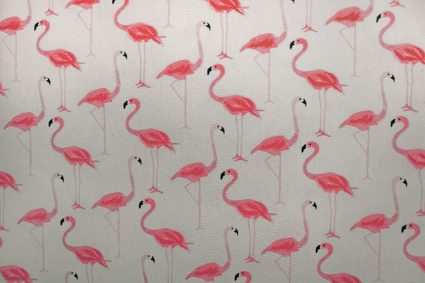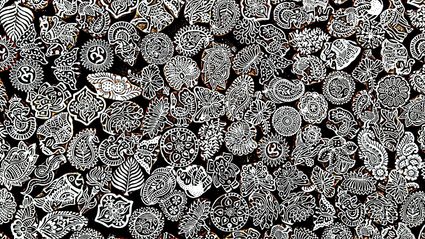Quilt Calculator
The top of your quilt is done, and you're asking yourself: "How much fabric do I need for batting and backing?"? Ask no more - our quilt calculator is here with the answer!
Quilts are not only the perfect project for upcycling leftover fabric, but they're also a beautiful gift. You can use the quilting technique on clothes like skirts, and jackets. The only thing that limits you when quilting is your imagination... and math. To make a quilt, you need three fabric layers: top, batting, and backing. We leave making the top to you and your artistic vision. Our quilt calculator will help you determine how much fabric you need for quilt backing and batting. Don't worry, it's not magic. We will explain in the text how to calculate backing for a quilt on your own.
We also created a hexagon quilt calculator to help you with an even more challenging project. And if you're into sewing clothes, don't miss out on the circle skirt calculator.
Quilt batting
Batting, the middle of the quilt sandwich, is responsible for warmth and weight of the quilt. Batting fabric is usually white or cream and made of polyester, cotton, wool, or bamboo. Each of the materials has its own properties: stiffness, thickness, washing guidelines, and stitching parameters. So, choose your desired backing fabric, taking into account the quilt top design and the quilt's purpose. Afterward, use our quilt calculator to find out how much yardage you need.
Quilt backing
Now, let's go to the bottom layer - the backing. Depending on your design, you can make it with one fabric, or more. Some quilters make their quilts two-sided. By using patchwork, applique, and other quilting techniques, the backing becomes a second top. Our quilt backing calculator tells you how much fabric you need for a simple one-fabric backing.
The fabric for quilt backing can be either directional or non-directional. If the material is directional, it means that it matters how you arrange one piece with relation to another. For example, below you can find a directional fabric, because you usually would want all the flamingos in the same direction.

If you're using a non-directional fabric, it doesn't matter how you place the pieces. Like on this fabric, where all the symbols are placed randomly.

Although usually not displayed, the quilt backing fabric doesn't have to be plain! Don't be afraid to play with colors and patterns.
Ultimate quilting question - How much fabric do I need?
To find out how much backing or batting fabric you need, follow these few steps:
-
Measure your quilt top. Enter the dimensions into the calculator: the shorter edge as width, and the longer edge as length.
-
Determine the usable width of your bolt of fabric.
-
Establish if your fabric is directional.
-
We always add 4 inches of extra material to all sides of the quilt (that's 8" more in width and length). If you wish to have more overhang - input your desired amount into the additional overage field.
-
Do you want the result in yards and inches (imperial) or meters and centimeters (metric)? Choose the unit system and find out how much material you need, and how to cut it ✂️.
How to calculate backing for a quilt?
If you're like us and you like to know how things work, this section is for you. We will now explain how to determine, by yourself, the yardage of fabric needed for a quilt backing. So, let's say you have a bolt of directional fabric that's 45 inches wide, and the quilt top is 60" wide and 80" long.
Depending on how much extra material you want, add the desired amount to the top dimensions. In this example, we will add 8" (which means 4" to all sides), as the quilt calculator would. That leaves us with two numbers: 68", and 88".
Because the fabric is directional, you will want the bolt's width to coincide with the width of the quilt. The width of the quilt (68") is bigger than the width of the fabric (45") but smaller than two widths of fabric (90"). That means you will need two fabric pieces, both 88" long (the length of the quilt). Two times 88 inches is 176 inches. So, you will need 4.89 yards of fabric.
All that's left to do is to cut the excess fabric along the width. 68" divided by two is 34". Cut the quilt backing fabric so that you have two pieces that are 34" wide by 88" long (W by L). Sew them together, and voila! The backing is ready to be quilted!

All that's left to do is add some binding. You can check how much material you need for binding in our quilt binding calculator.